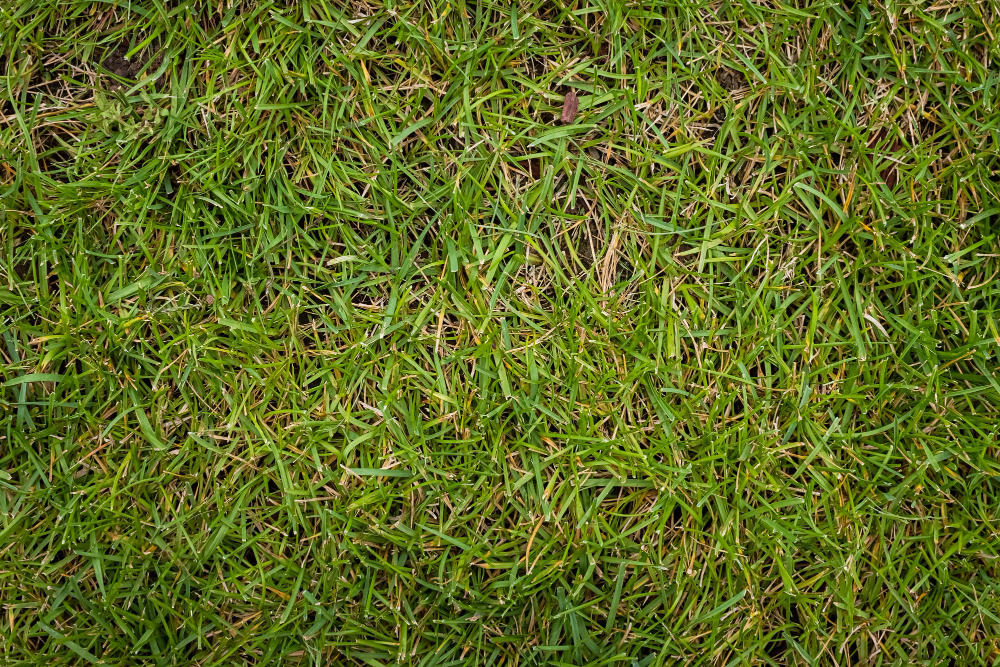- Lawn Turf
- Artificial
- Soil
- Timber
- Composite Decking
- Paving & Stone
Get In Touch With Our Experts Today!
Give us a Call! - Seed & Fertiliser
- Dressing
- Bark

August 15, 2025 TurfTurf AdviceTurf Tips
We know first-hand that a beautiful, vibrant and healthy lawn doesn’t happen by accident. Behind every fresh roll of turf is a checklist of care and attention to understand what your turf needs, so we can deliver turf in the best condition and guarantee long-term results. However, one of the biggest obstacles is turf stress!
Turf stress can occur before, during and post lawn installation, when your turf is most vulnerable. Whether you are a turf grower, landscaper, or homeowner, knowing the signs of turf stress, how to resolve it, and, most importantly, how to prevent it can make lawn maintenance much smoother.
Luckily, your turf will tell you if it’s struggling. More often than not, the symptoms can help you identify what is stressing your turf, and, therefore, how to resolve it. For example, surface water suffocating your grass can be a sign of poor drainage or soil compaction. While dry patches and stunted growth can indicate a drought issue.
Below, we’ve outlined the seven common causes of turf stress, along with the signs and solutions for each issue.
Like most plants, turf is sensitive to temperature and moisture levels. Summer often brings periods of hot, dry conditions. With reduced water levels, grass can go dormant, struggle to grow, or die back.
Too much water can be just as harmful to turf as too little. Whether you are overwatering or have experienced long periods of rainfall, soggy soil can suffocate grass roots. This can lead to fungal diseases, water pooling and an unusable lawn.
Mowing is a basic gardening task that helps keep your lawn looking neat and tidy. However, cutting incorrectly can cause your grass serious issues. Cutting your grass too short, using blunt blades or mowing at the hottest part of the day can begin to stress your turf.
Domestic gardens, communal spaces and sports fields are grown for regular use. However, constant pressure from foot traffic, vehicles and pets can cause the soil beneath to compact, preventing grass roots from obtaining essential water, oxygen and nutrients.
For turf to thrive, it needs a balanced mix of nitrogen, phosphorus, and potassium. As well as oxygen, water and organic matter. Too little or too much of these elements can stress your grass, impacting its growth, strength, and appearance.
Pests and diseases seek and thrive in poorly maintained gardens. So, stressed turf is prone to issues such as ant hills, bibionid flies, or other pests. The problem with this type of stress is that it often occurs beneath your turf, so the damage is done before you notice it.
Areas of grass consistently shaded by trees, hedges, or buildings will struggle to develop a robust root system, sward thickness, and resistance to extreme weather conditions. This can cause weak and patchy grass, allowing weeds to take over.
If you are still unsure what’s stressing your turf or need help choosing the right type of turf for your domestic or commercial space, get in touch with our knowledgeable team. For landscapers who regularly handle turf and landscaping materials, consider our Trade Account for additional project support.
CALL US NOW ON 01234 818 253